Frankincense in peril
Published in Sustainability
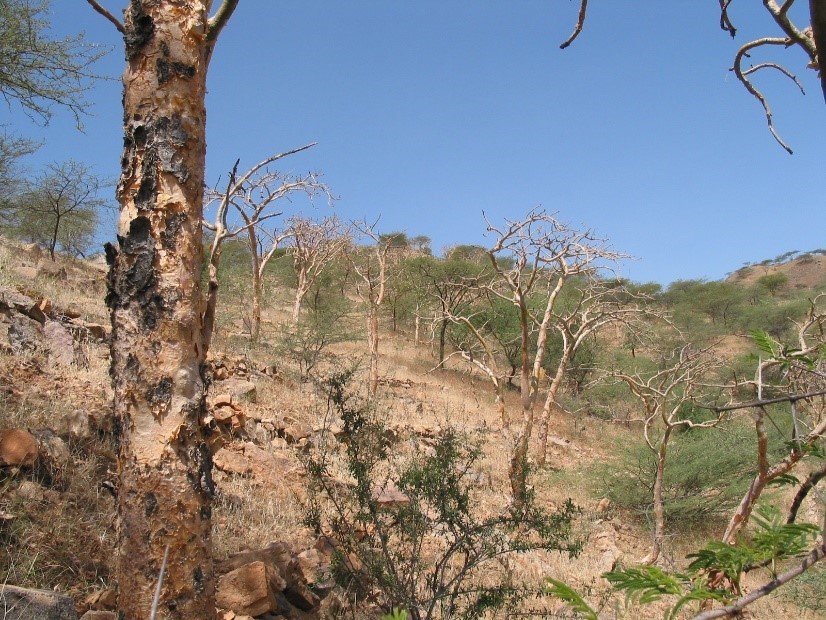
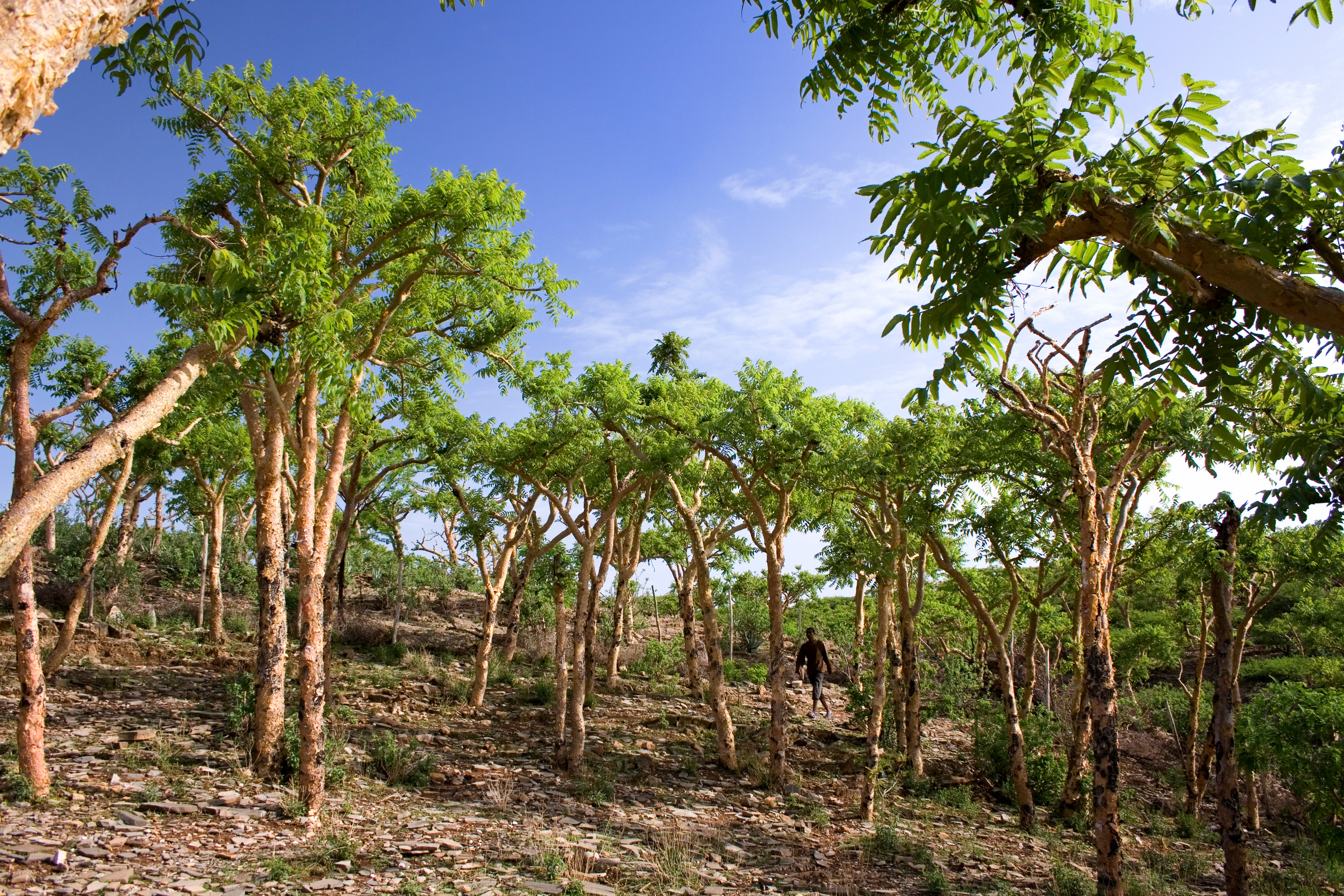
Eritrean Woldeselassie Ogbazghi immediately triggered my imagination with his question. He came to Wageningen, The Netherlands, for a PhD study on resource availability and management of the frankincense tree in his country. His question? Would I be interested to advise him? Yes, sure!
His question rapidly connected me to my childhood. My memories brought me back to the time I was a servant is catholic mass in the monastery across the road of where I lived. White smoke, sweet smell, tinkling bells, impressive church ceremony. Frankincense connects. Woldeselassie later brought me to the mountains of Eritrea, where the frankincense tree was growing. So these dry woodland trees produce the iconic frankincense! But where were the young plants? And the resin tapping spots on the stems were many and rough. These trees were not receiving the attention they deserve and need.
Sometime later I was in Ethiopia and experienced the same cultural and religious importance of the resin. Coffee and frankincense, always together. And the same issues negatively impacting the future of the tree. It triggered a large research program to try to solve part of the missing knowledge, which had many faces. Connecting to specialists, in the region and outside, we started to tackle the puzzle. Sustainable management and use requires answering many questions. Where is the species distributed, how abundant are these trees, what resin production do they deliver, how is management of the tree and the woodlands organised? What about grading, storing, trading? What do local people do and think? Who profits.......
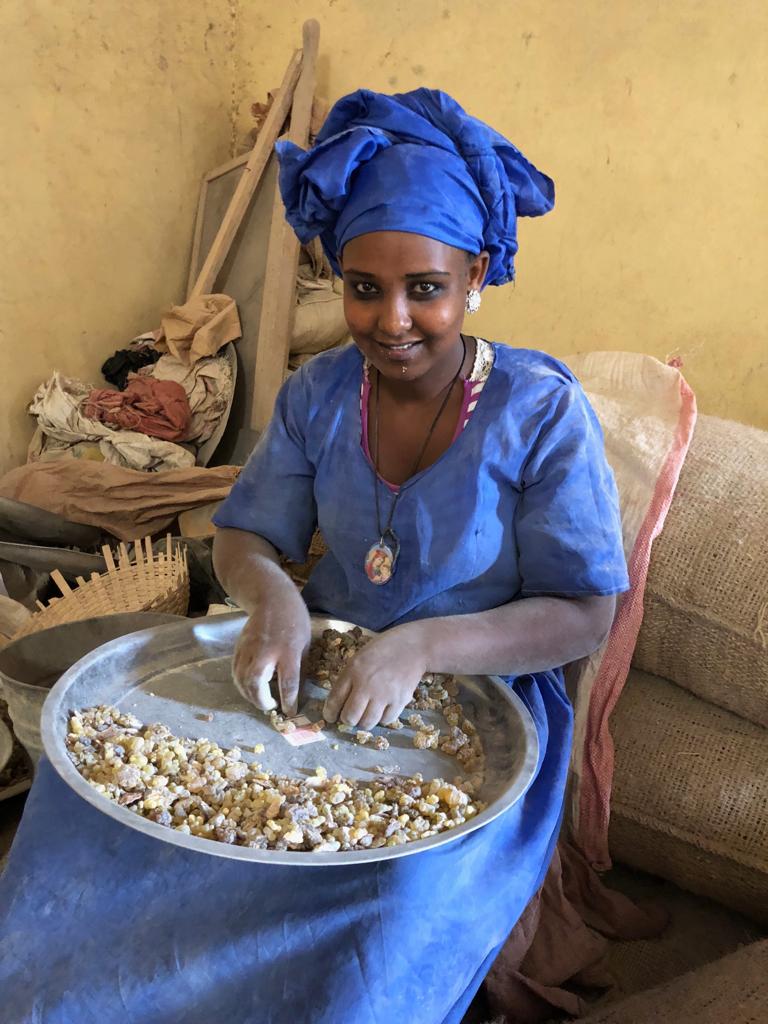
Culturally of worldwide importance, but locally and economically not competitive enough compared to livestock and agriculture, the frankincense trees and shrubs don’t get the attention they need. So far, nowhere production is sustainable.
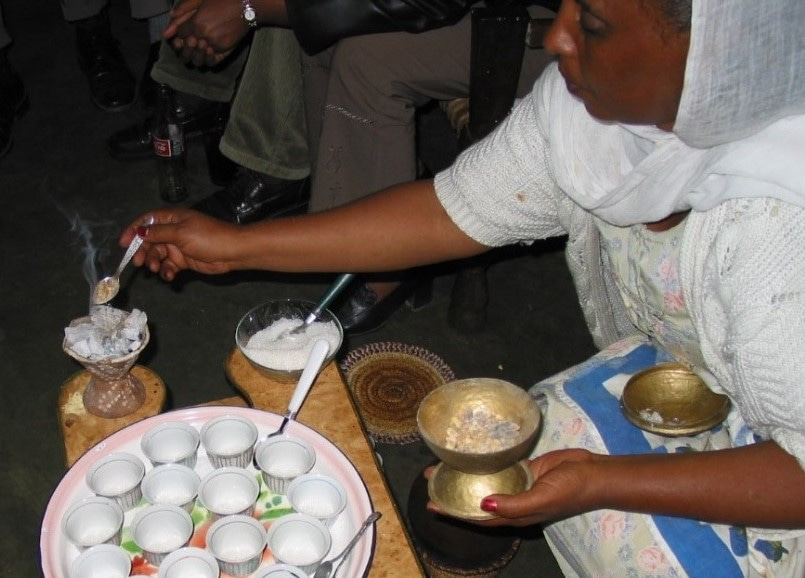
We started monitoring populations of frankincense trees in a couple of sites and all of them showed long term issues. We realized that if this were a general problem, the future of frankincense, this precious product, would be grim. We also began to look for more information, more sites, local inventories in Ethiopia, Eritrea, Sudan. Everywhere the same issues emerged. Regeneration problems, high adult tree mortality, excessive and uncareful tapping, livestock in the woodlands, fire. Yes, frankincense from Boswellia papyrifera was in trouble.
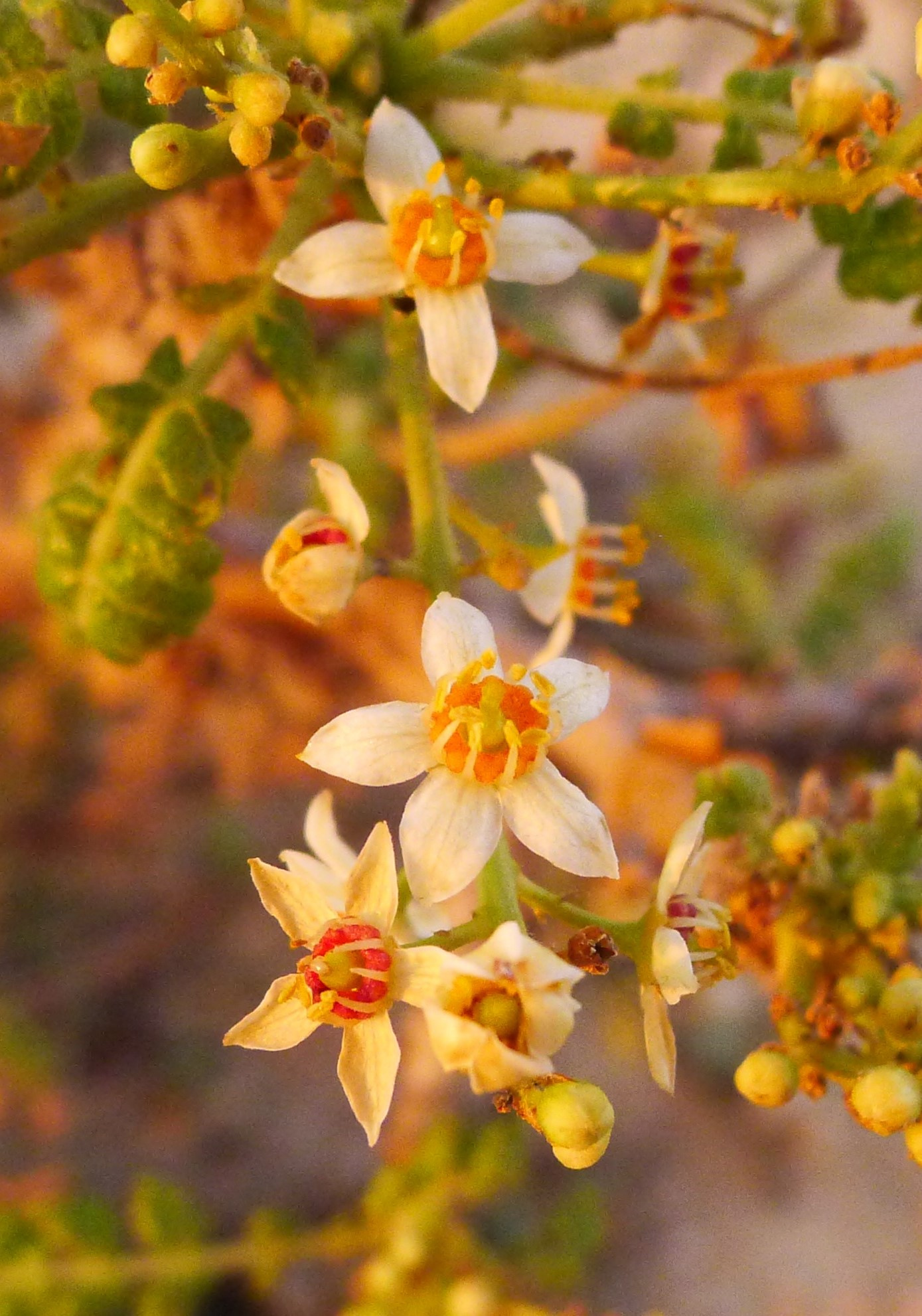
But there are other species. Frankincense is also collected in Oman, Yemen, India, Somalia, Kenia, and further towards West Africa. Yes, other species, slightly different, but producing frankincense, of slightly different qualities. The first international Frankincense symposium October 2018 in Muscat, Oman, joined specialists, companies and NGOs. Trade was becoming an issue, and discussions and joint efforts started. This stimulated broadening our story to include the other main frankincense species. This paper therefor is the combination of long term research on one species with widely felt urgency on the future of frankincense, from all species.
We now know quite a bit on one frankincense species (B. papyrifera), but too little about other species. Our paper has many suggestions on how to improve management of Boswellia woodlands. We need longer term and integrated research on the whole genus, from West Africa through the Horn of Africa, the Arabian peninsula to India. Hand-in-hand work towards solving the issue of sustainable management of this great tropical resource. Frankincense is traded for 4000 years already, for good reasons.
Let’s make sure we keep it for at least another thousand years.

Follow the Topic
-
Nature Sustainability

This journal publishes significant original research from a broad range of natural, social and engineering fields about sustainability, its policy dimensions and possible solutions.
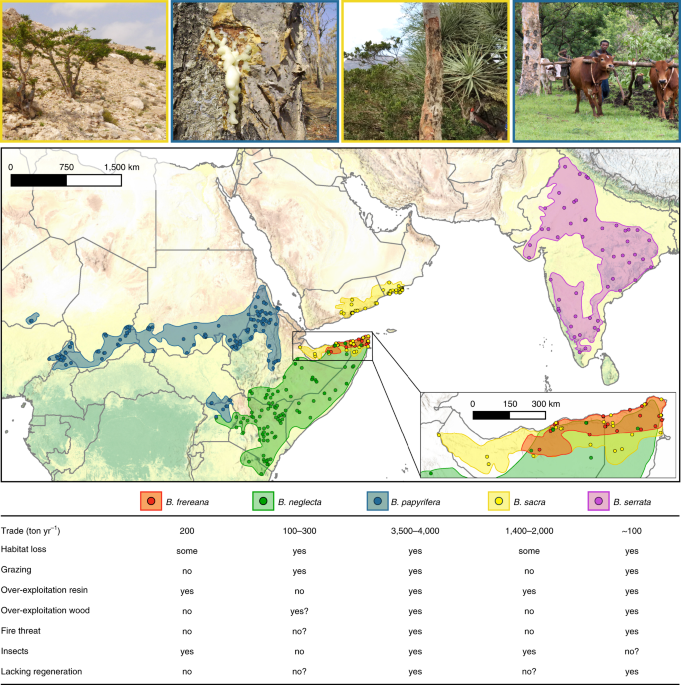


Please sign in or register for FREE
If you are a registered user on Research Communities by Springer Nature, please sign in